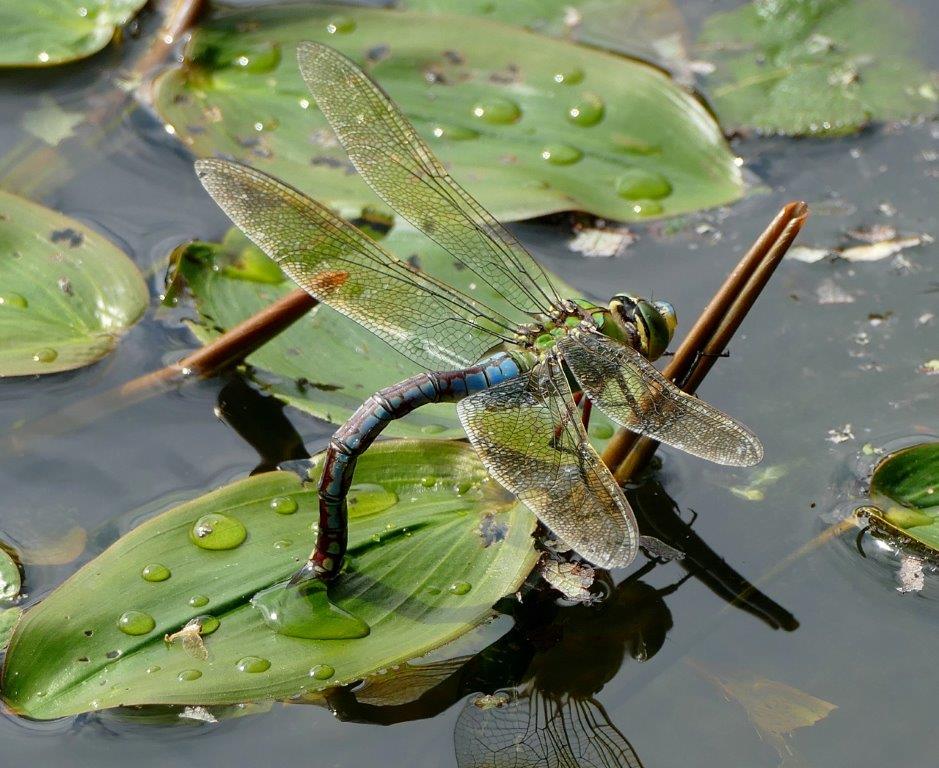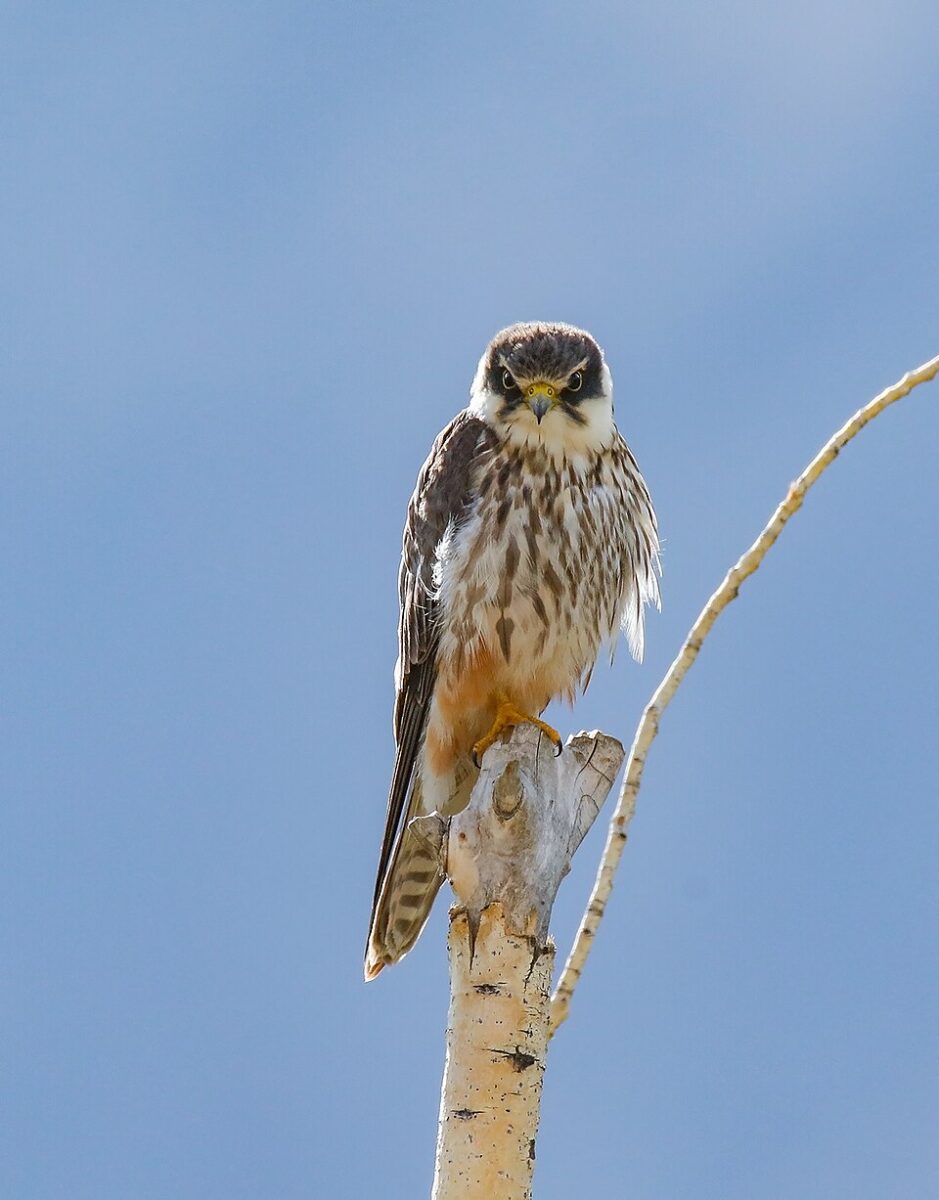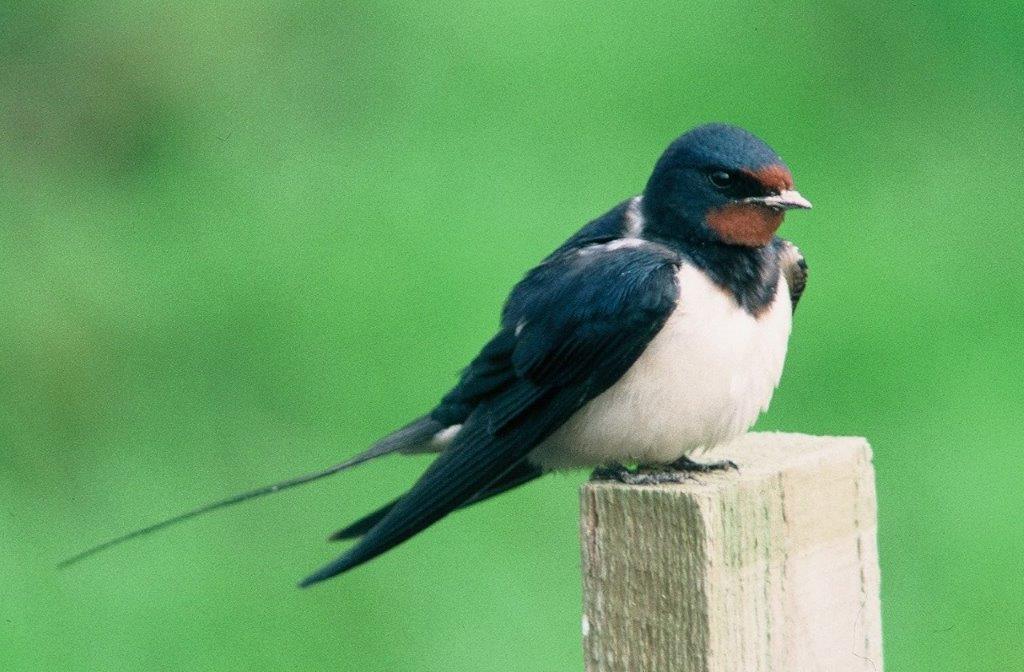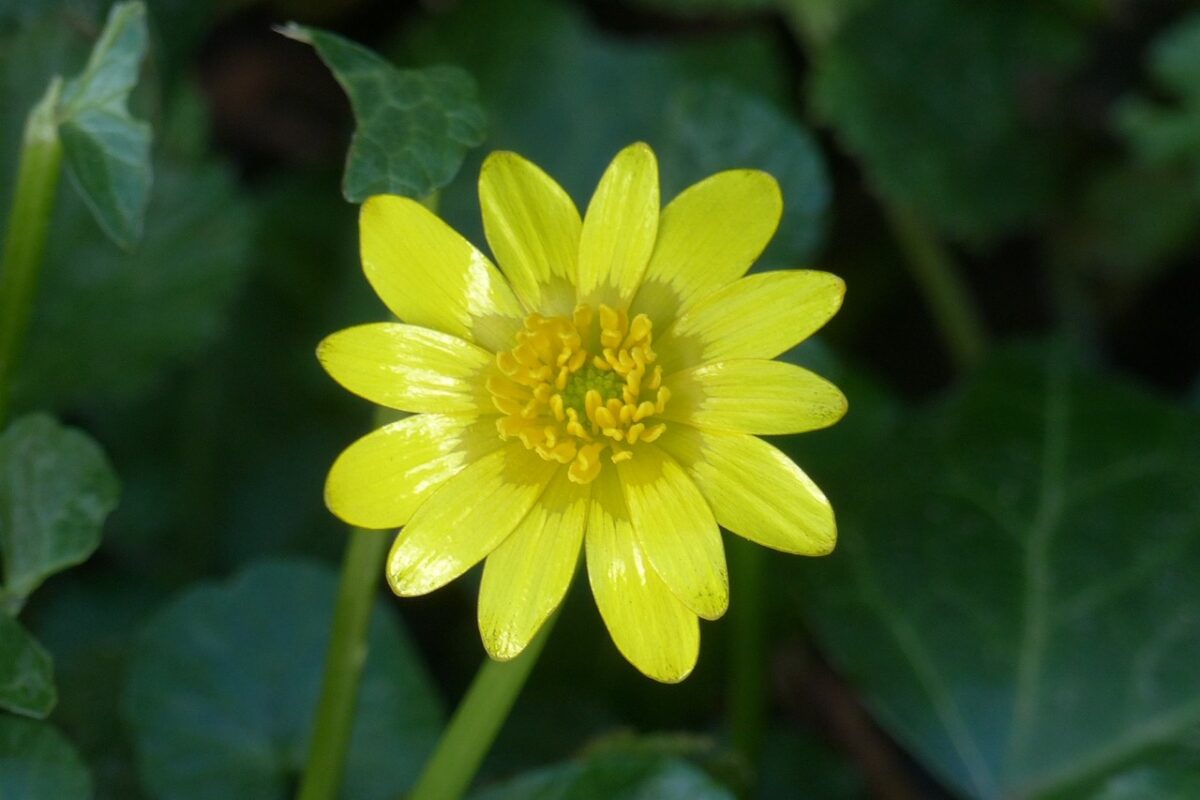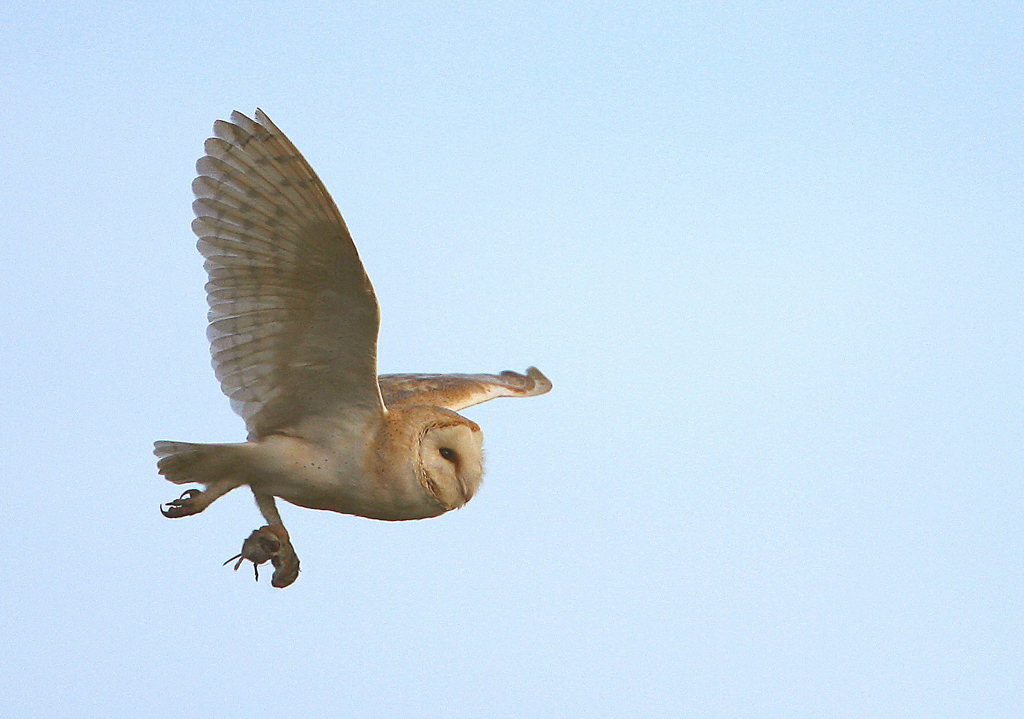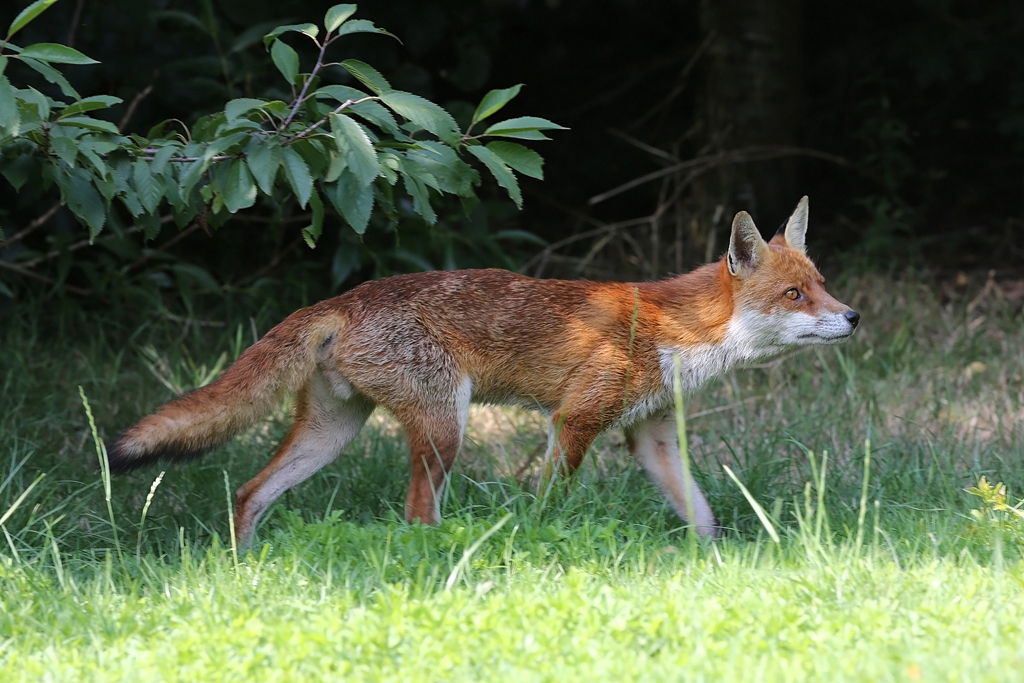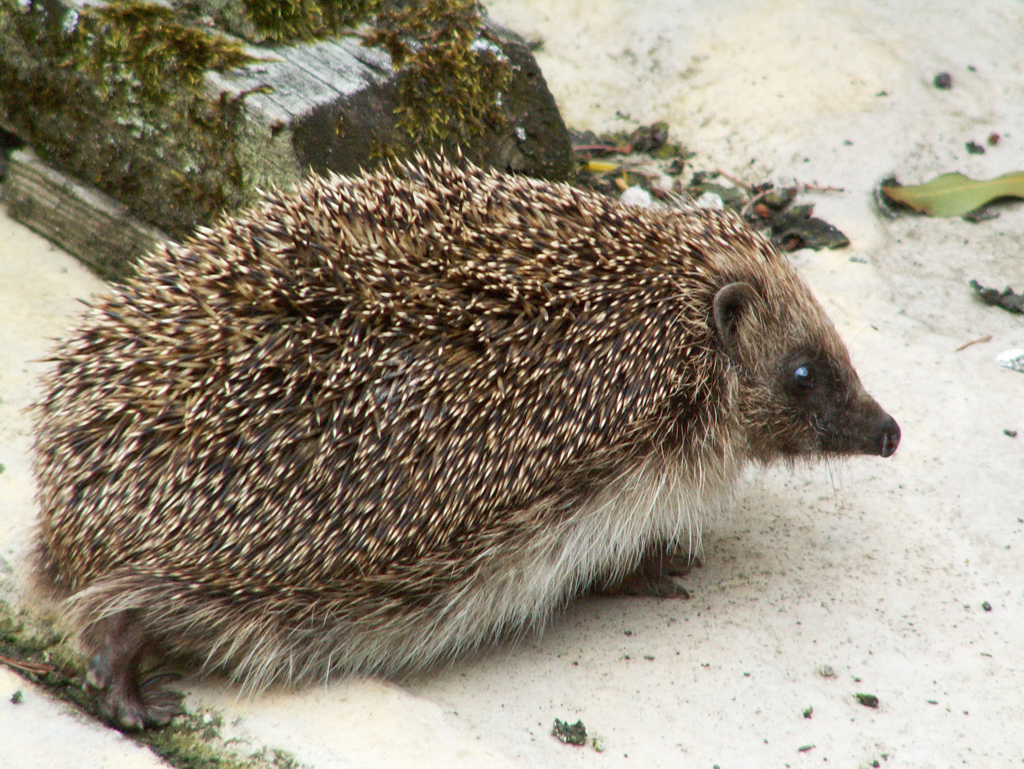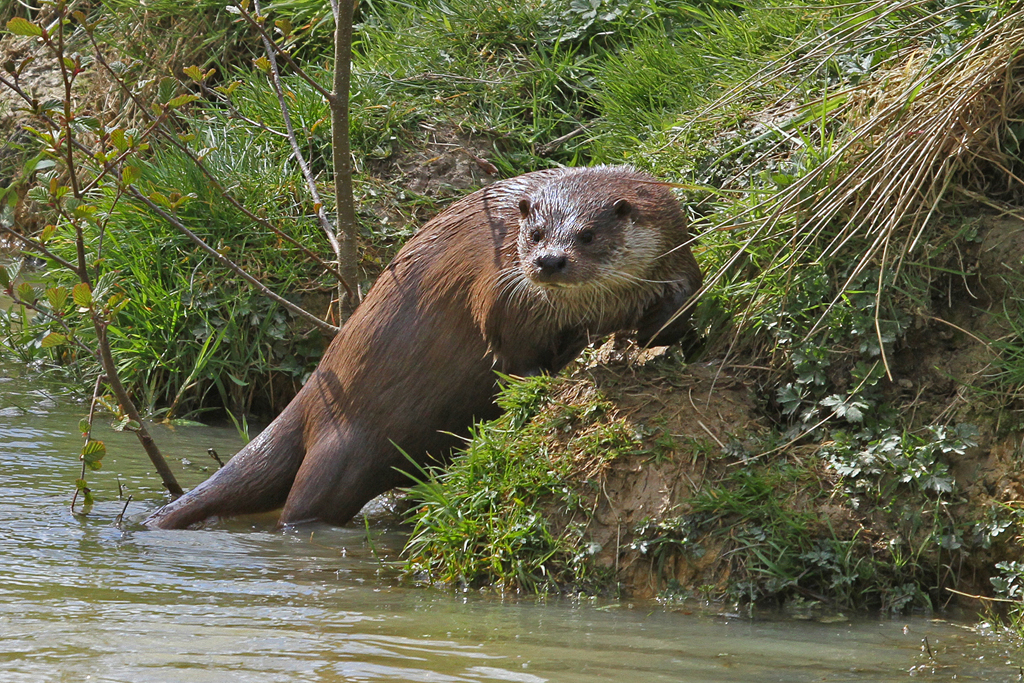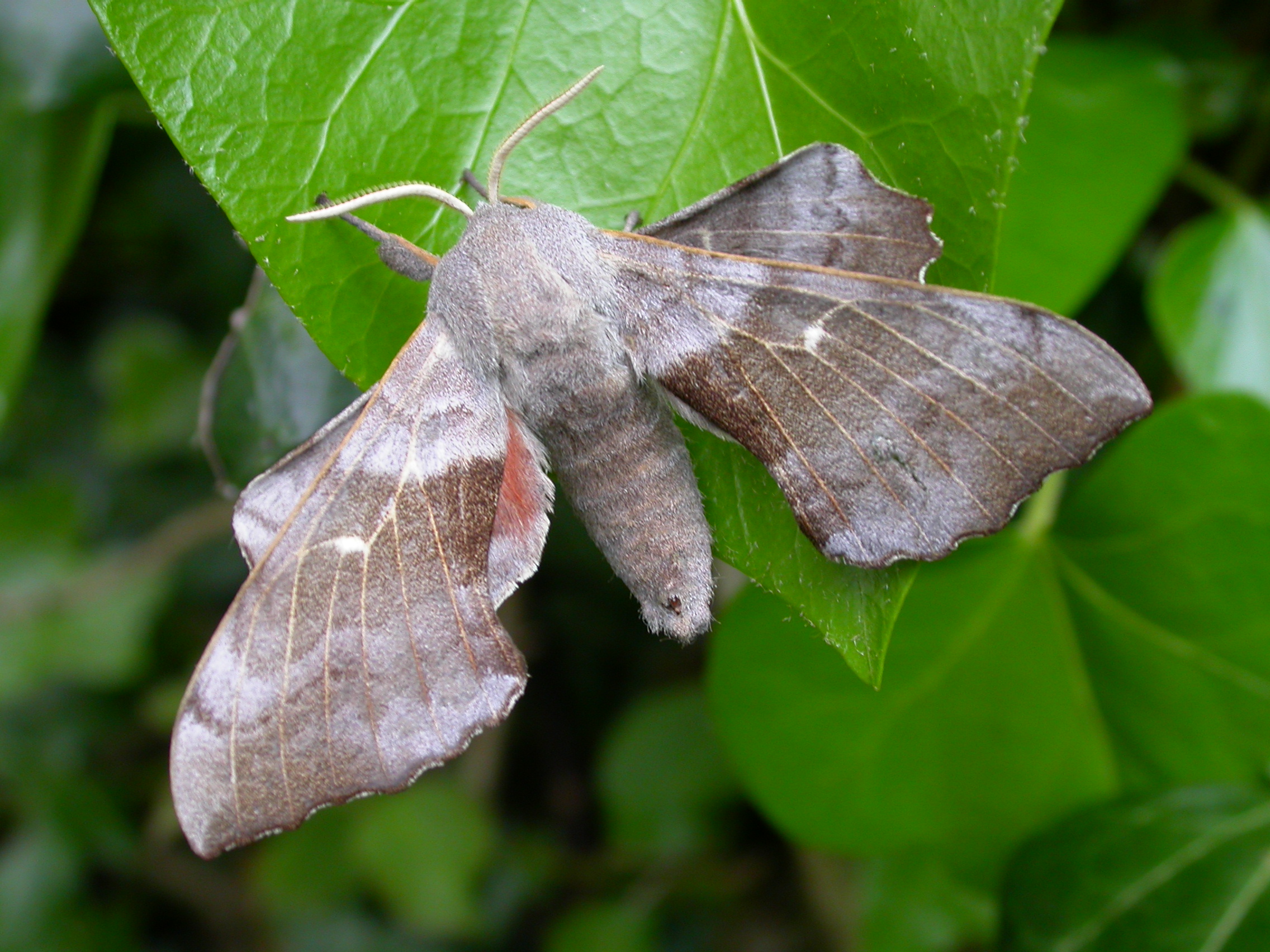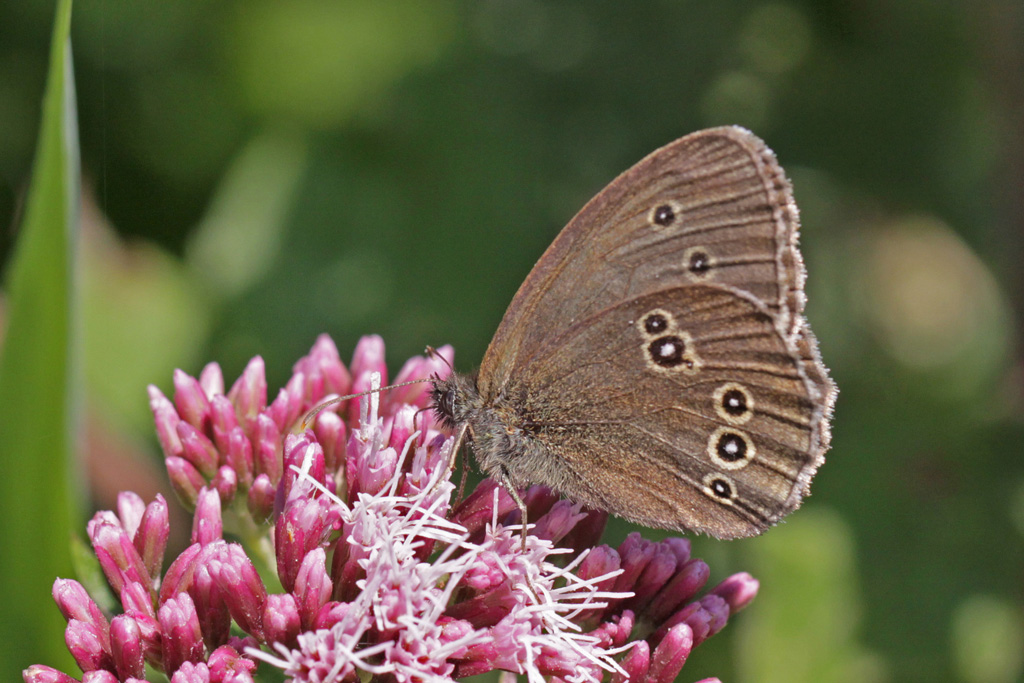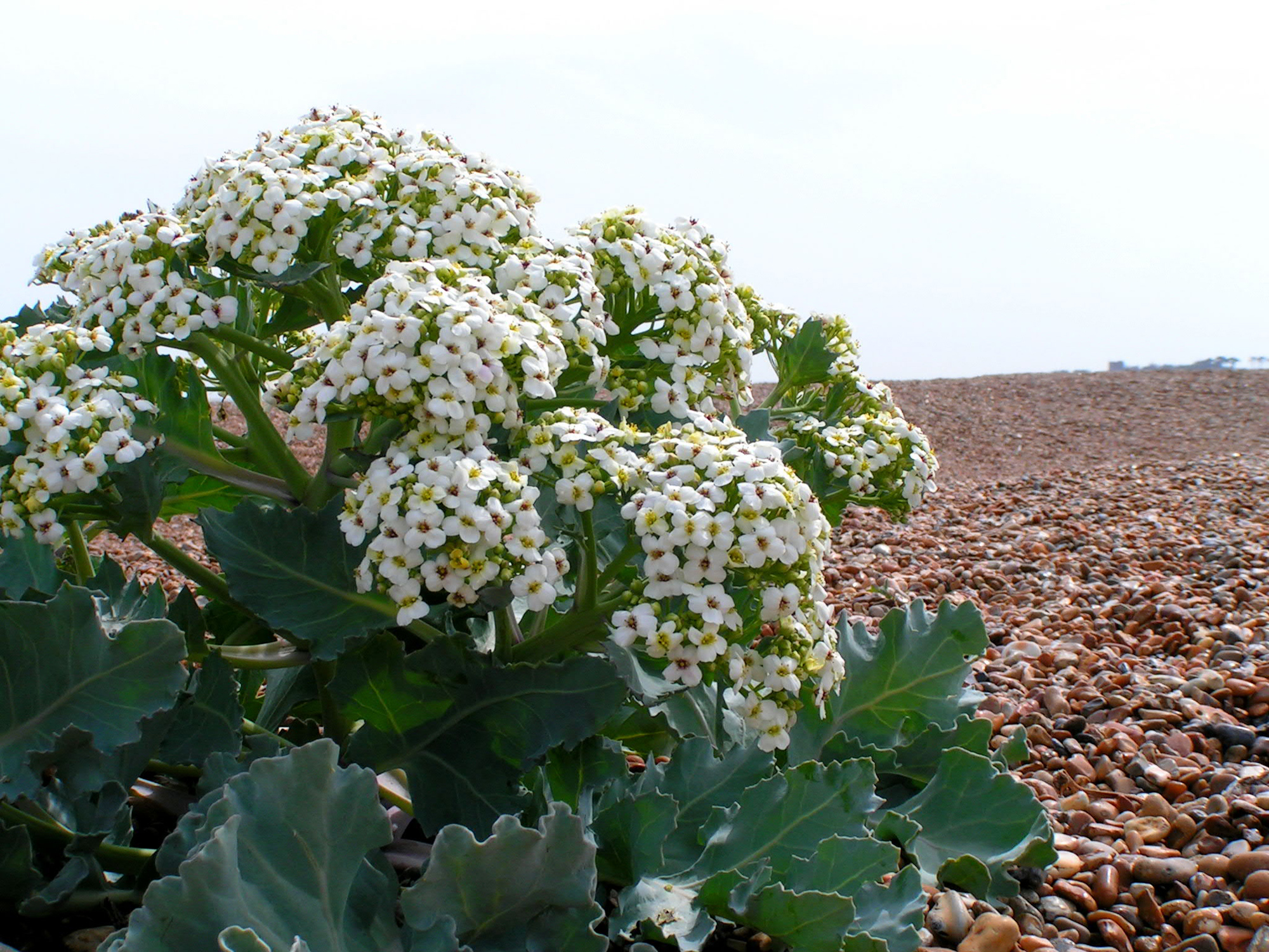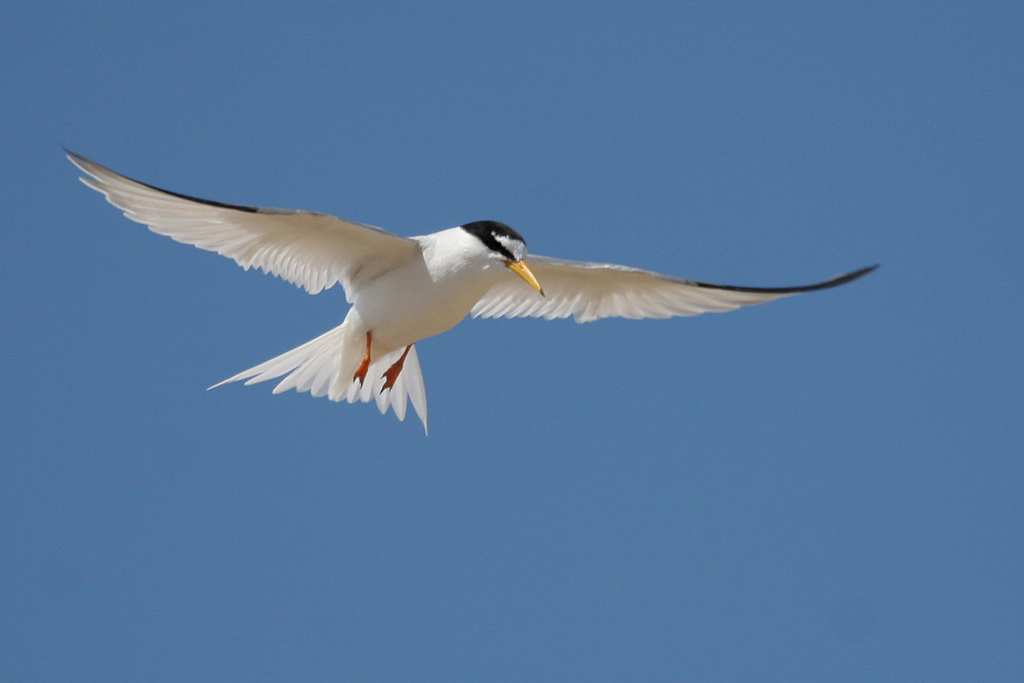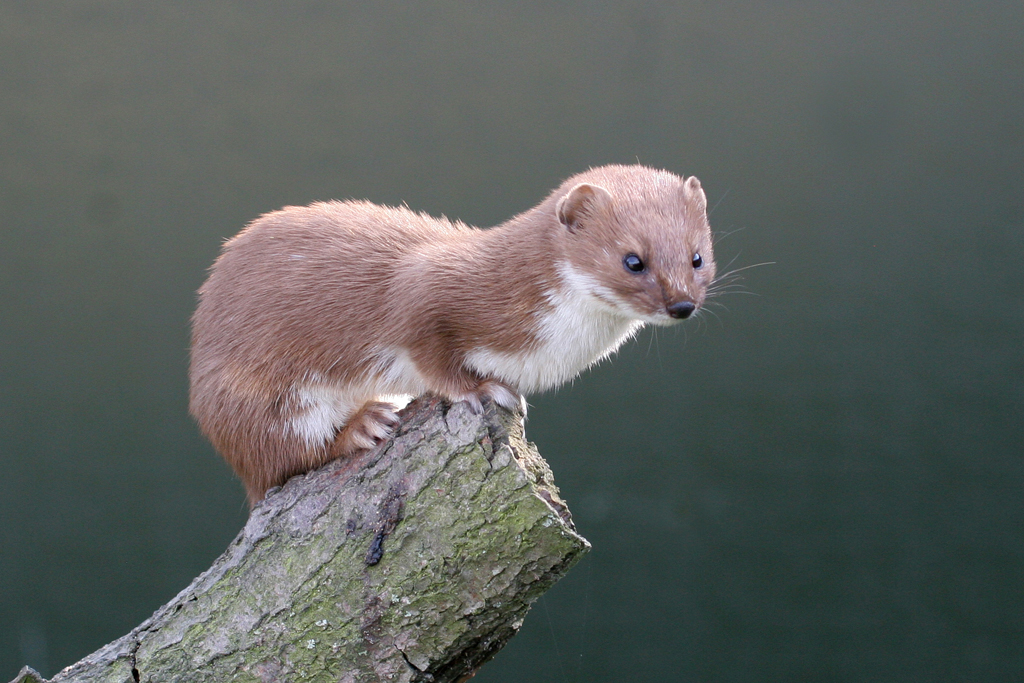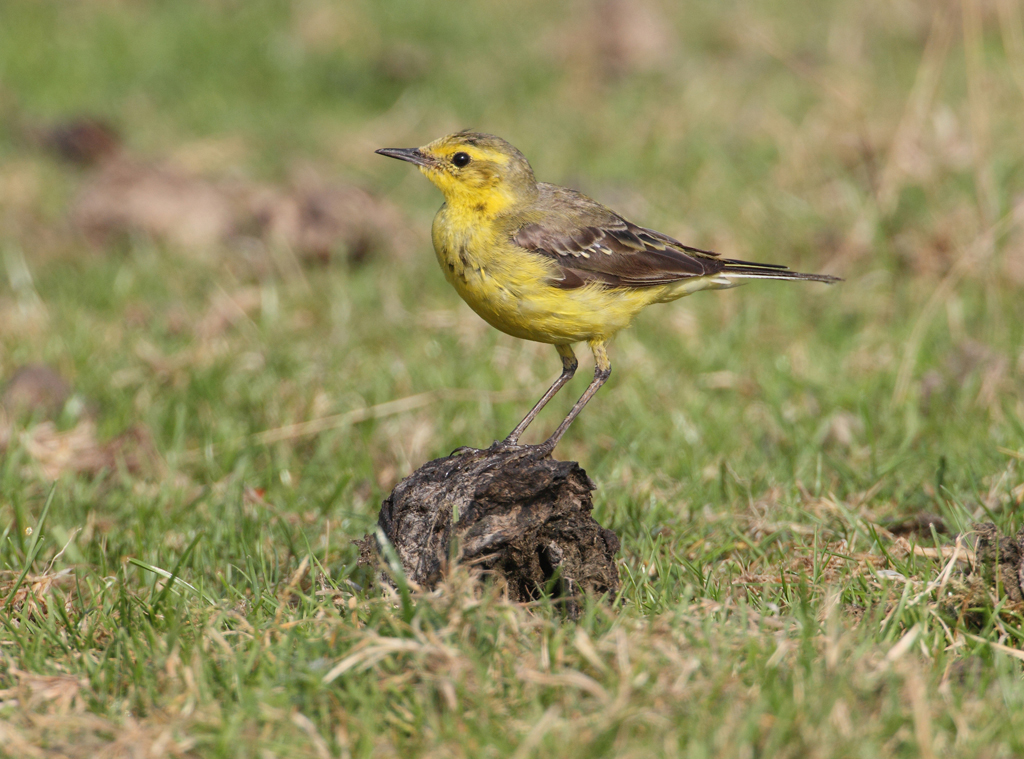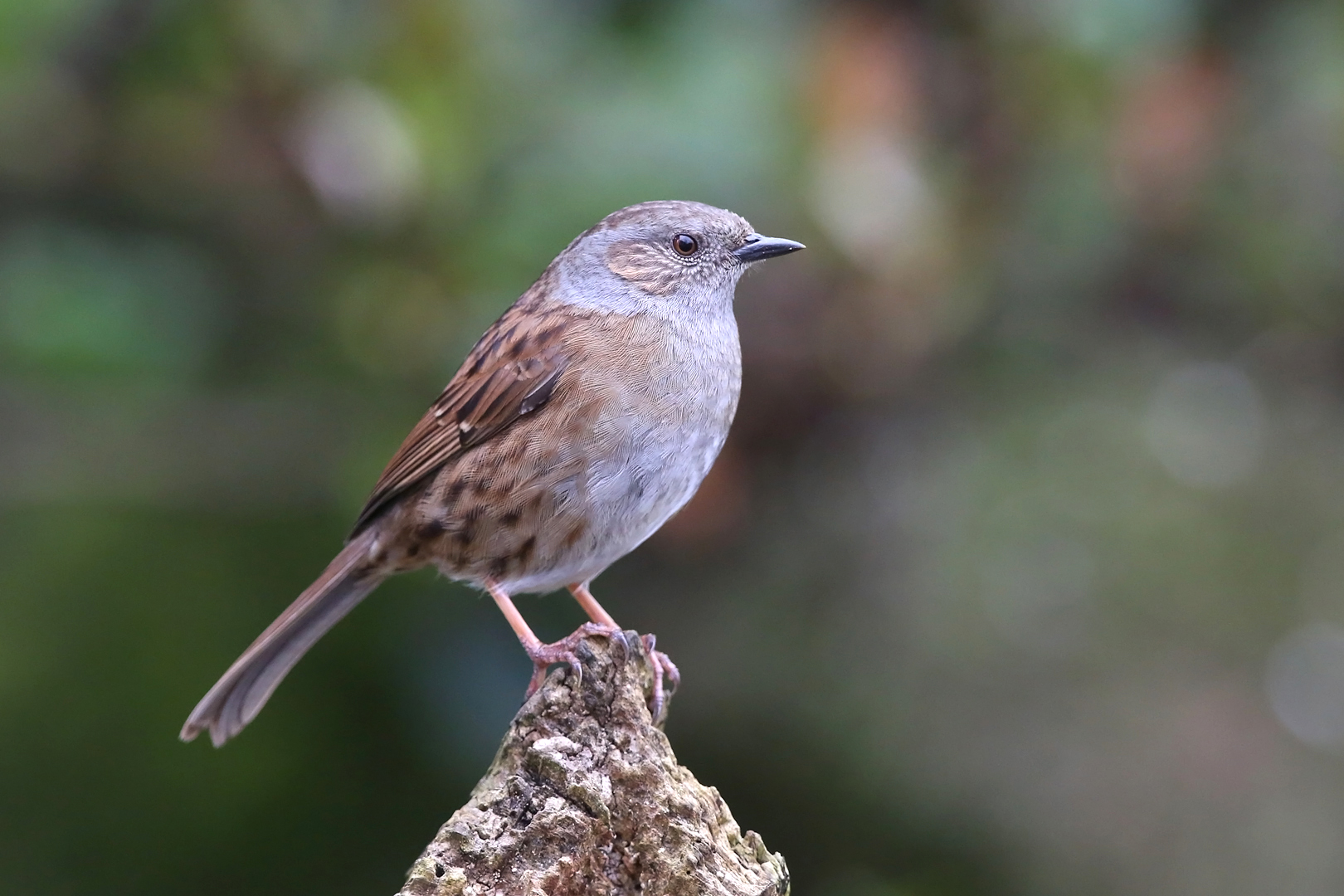This is the time of year, as the days darken into winter, when some charismatic visitors arrive to dispel something of the dank and gloom. They come from the forests and fields of Scandinavia, arriving usually by night – long-winged, silent travellers seeking a milder climate and more readily available food supplies. Short-eared owls. Every year they grace our marshes and grasslands, patrolling them for the small rodents which are their staple fare, especially field voles. Unlike most owls these short-ears hunt by day. They rely on a combination of sight and hearing, both exceptionally acute by human standards, to locate their tiny prey from above and seize it in a sudden plunging descent. It makes for a wonderful spectacle for bystanders. The owls quarter the field, flying low over the ground, now gliding, now slip-sliding or hovering for a better look; then the final, and for their victims terminal, deep dive. You can often watch them close-up from the roadside and marvel at their variegated plumage of soft browns, buff, tawny and in some lights ochre-tinted colours, contrasting with dramatic orange eyes set in black mascara-lined sockets. Their numbers vary by the year, depending on the fluctuating cycle of rodent populations. It is said that they can consume some 2,000 voles in their four-month winter sojourn among us – did you realise we had so many? Some short-ears linger into the spring and occasionally even stay to breed on local marshes and seawalls. Further north in Britain they breed regularly on the moors and uplands but here they are thrilling seasonal visitors.
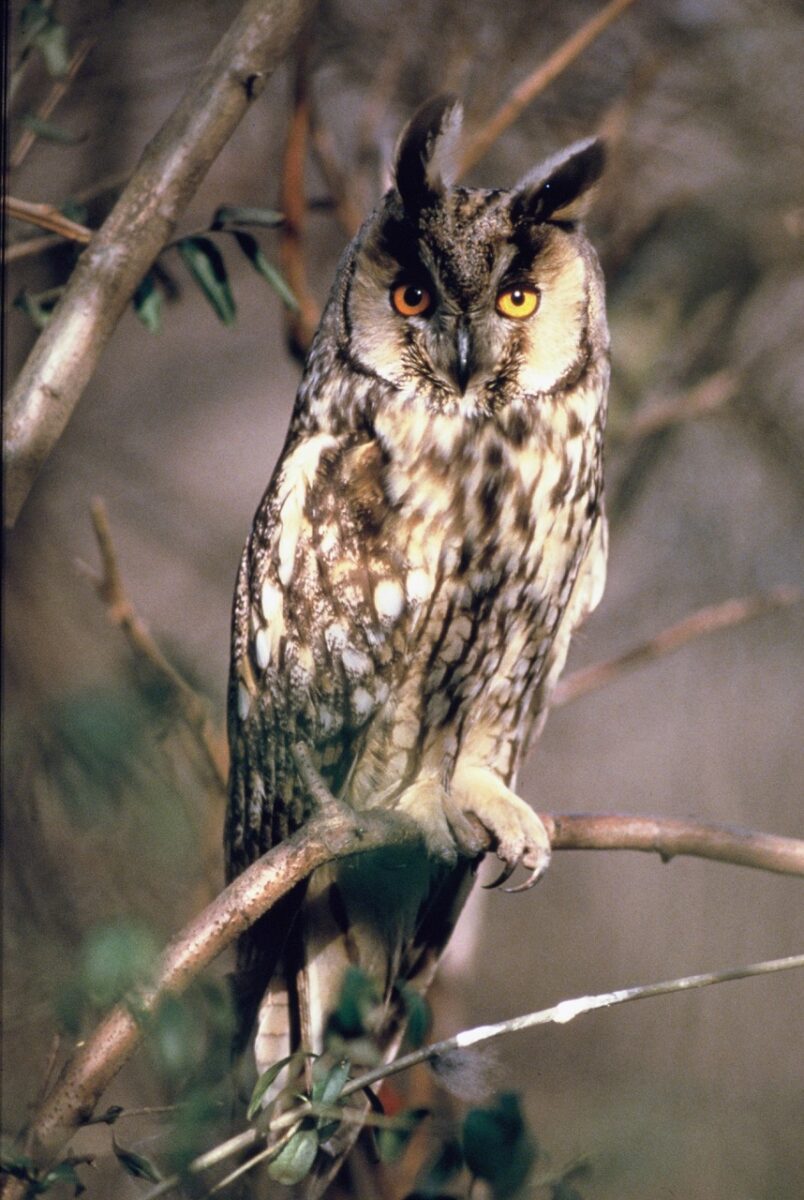
Their name sounds faintly ridiculous and indeed the small protrusions on their heads are not ears at all but just little feather tufts. Their real ears are lower down on the head, invisible through the thick plumage and positioned asymmetrically, one higher than the other, to give them a better positional fix on the faintest rustlings below. There is also a better-endowed owl called the long-eared owl (LEO, to birdwatchers), with very prominent long ear-tufts. These are resident in Britain and quite widely distributed but are purely nocturnal, very secretive and rarely seen. Their numbers are supplemented by migrants from Scandinavia in winter, too, and LEOs are occasionally spotted in their temporary winter roosts. A neighbour of mine had a magical epiphany the other day when she drew back the bedroom curtains in the morning and saw one sitting on a horizonal branch just a few feet away outside, staring directly in at her. Wisely, she didn’t broadcast this great discovery so the legion of owl-obsessed bird-photographers never troubled it and it left the next night like a fading dream.
Jeremy Mynott
November 2025






